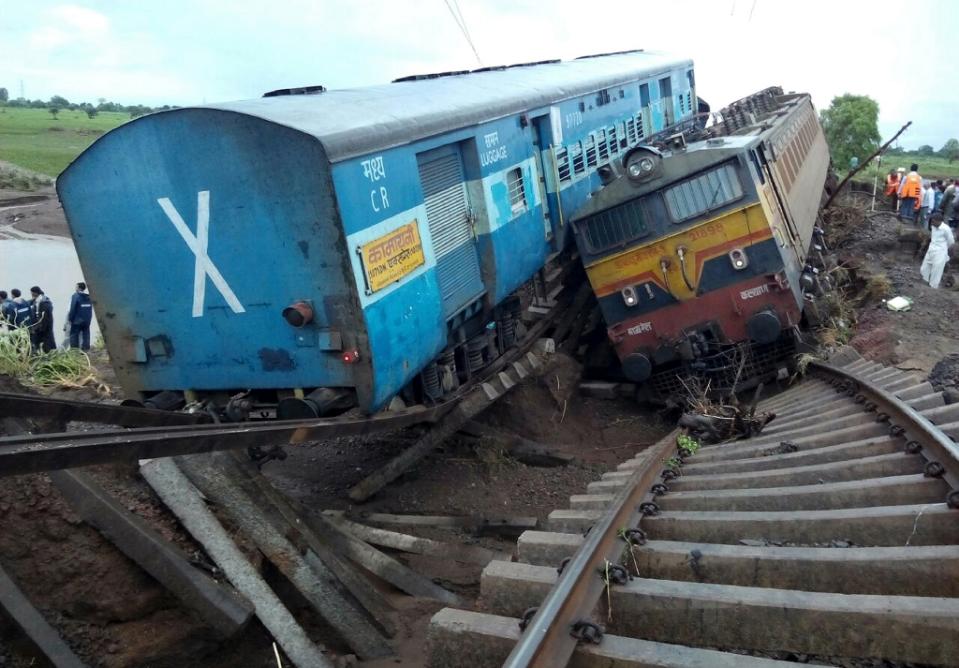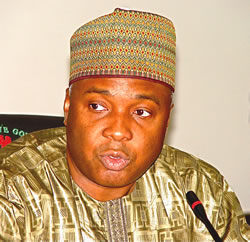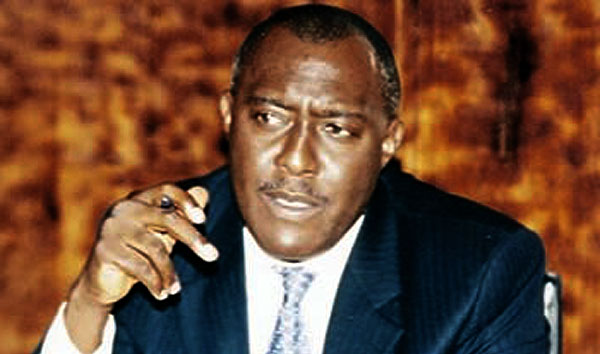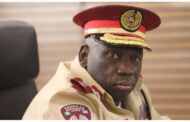Two passenger trains derailed after being hit by flash floods on a bridge in central India, killing at least 27 people in the latest deadly accident on the nation’s crumbling rail network.
Roughly 300 people were rescued after about 10 of the trains’ carriages derailed outside the town of Harda at about 11.30 pm (1800 GMT) on Tuesday, police and other officials said.
A passenger described how water poured into the carriages in the minutes after the accident.
“Water filled the coach till here,” the unnamed man told a regional TV station, gesturing to his waist.
Another said there was “a sudden jerk and the carriage broke and people were crushed under that”.
Television footage showed carriages lying on their sides in a field of mud and medical supplies piled on a nearby station platform.
“There have been 27 deaths due to the accidents,” Madhya Pradesh railway police chief M.S Gupta told AFP.
“All the coaches have been cleared and all bodies have been collected from inside,” he said, adding that the death toll could still rise slightly.
At least another 25 people have been injured and taken to hospital, other rescue officials said, adding that carriages were not feared to have sunk in the river.
The Kamayani Express travelling from the financial city of Mumbai appeared to have been hit by a sudden surge of water on the swollen Machak river, derailing the last four to five carriages, railway ministry spokesman Anil Saxena told Indian television.
The Janata Express, travelling to Mumbai from the eastern city of Patna, was also hit by the water, with the engine and the first two to three carriages derailing, he said.
“There is some suggestion of flash floods on the tracks that caved the tracks. Most of the coaches had passed but the last few carriages were derailed,” Saxena said of the first train.
Rescuers with specialist cutting equipment and diving suits have been deployed along with doctors to the accident site.
– Working in darkness –
Rescuers were initally working through the night mostly in darkness, with the flood waters hampering their efforts.
“The entire area has been reeling under heavy rainfall for the last few days. The roads are badly damaged, even the access road,” Saxena said.
The heavy flow of water had pushed some of the bodies from the carriages into a nearby field, railway police chief Gupta said.
Monsoon rains have hit large swathes of the country in recent weeks, flooding rivers and roads and claiming some 180 lives in mainly western and eastern India.
The government has ordered an inquiry into the cause of the accident, while Prime Minister Narendra Modi expressed his sadness at the loss of life.
“Authorities are doing everything possible on the ground. The situation is being monitored very closely,” Modi said on Twitter.
“Rushing emergency medical and other relief personnel to spot, darkness, water creating hurdles but ordered all possible help. Trying our best,” Railway Minister Suresh Prabhu said on Twitter shortly after the accident.
India’s railway network, one of the world’s largest, is still the main form of long-distance travel in the vast country, but it is poorly funded and deadly accidents are frequent.
In 2012, a government report said almost 15,000 people were killed every year in incidents on the rail network, describing the deaths as an annual “massacre” due mainly to poor safety standards.
An express train ploughed into a packed rickshaw in northern Bihar state last August, killing 20 people, some of them children.
India’s government has pledged to invest $137 billion to modernise its crumbling railways, making them safer, faster and more efficient.
AFP














